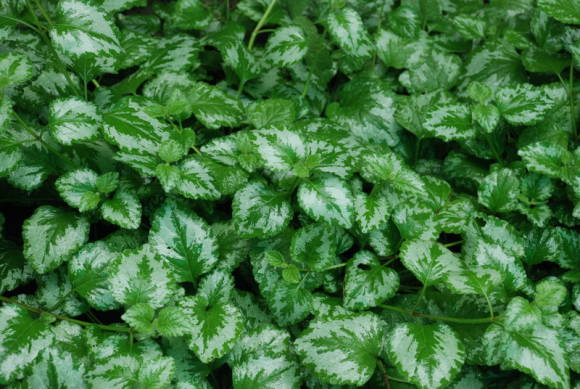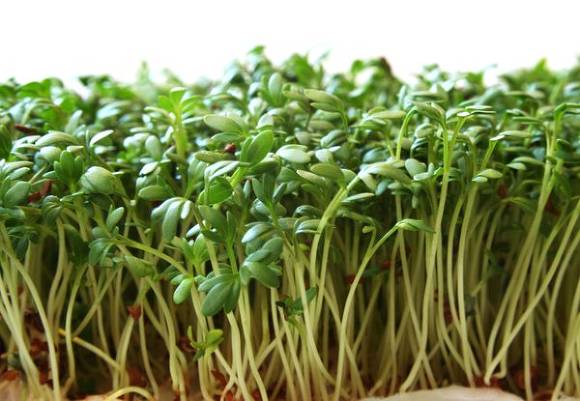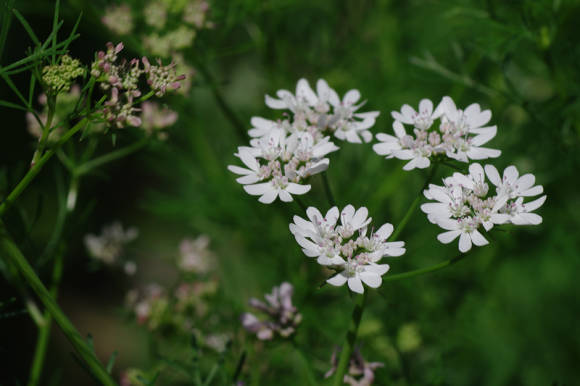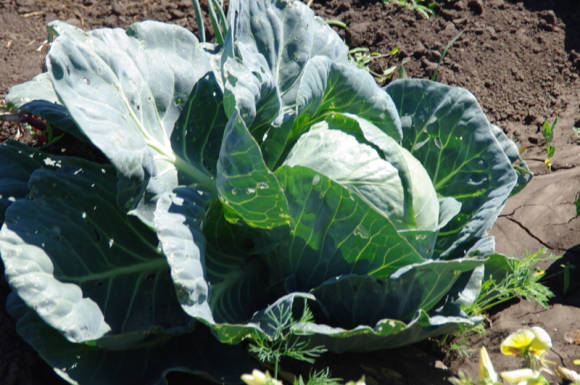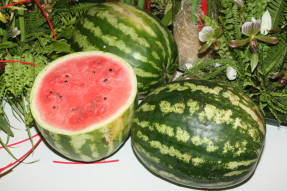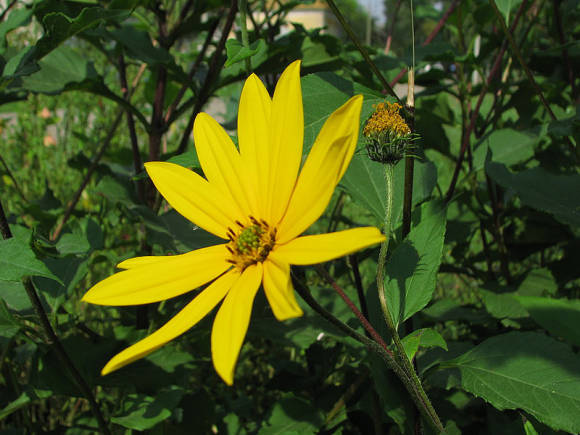Feel like an architect
 So, you decided to create your little masterpiece called a rocky garden. What is needed for this? Firstly, love and attentive attitude to nature., Secondly, it is necessary to have a certain amount of time, plus not to be afraid of alterations. And, of course, have such a quality as patience.
So, you decided to create your little masterpiece called a rocky garden. What is needed for this? Firstly, love and attentive attitude to nature., Secondly, it is necessary to have a certain amount of time, plus not to be afraid of alterations. And, of course, have such a quality as patience.
We hope that this detailed description of the stages of building a rocky land will help you in creating any type of rocky garden.
Stage one. First of all, you should carefully plan the site and choose the right site for the rocky garden (the site should be illuminated by the sun most of the day). Scree is best placed on a sunny slope - there it will look most natural.
The background of conifers and evergreen shrubs enhances the impression of naturalness. If you cannot find a suitable background on the site and you only have a fence or a wall at your disposal, then use them, but be sure to decorate the monotonous brickwork with fast-growing trees with tall shrubs or vines.
Stage two. On the chosen site, outline the boundaries of the rocky garden: let them be vague, reflecting the natural movement of stones along the slope under the influence of melt water.
A very important operation is the drainage device. To begin with, you need to cut off the sod and remove the top layer of soil to a depth of 30-40 cm.Then pour construction waste left after building a house on the bottom of the pit: broken brick, pieces of dried cement, crushed stone, gravel (large fractions). Above - a layer of coarse sand and fine gravel 5 cm thick.
At this stage, the first outlines of the future rocky garden are already showing through - here is the time to give free rein to your imagination. Think carefully about the final architectural appearance of your object. Feel like an architect creating the geo-plastic of a future masterpiece!
 Stage three. The purpose of this stage is to level the surface of the rocky garden and the surrounding area. On top of the sand should be poured sifted turf soil with a layer of about 20 cm and abundantly pour water over the "layered cake". Watering is needed in order to compact the layers and prevent the formation of air pockets. If this is not done, then subsequently the gradual failure of soil particles can greatly change the appearance of a rocky garden. In addition, air pockets can cause root disease in plants.
Stage three. The purpose of this stage is to level the surface of the rocky garden and the surrounding area. On top of the sand should be poured sifted turf soil with a layer of about 20 cm and abundantly pour water over the "layered cake". Watering is needed in order to compact the layers and prevent the formation of air pockets. If this is not done, then subsequently the gradual failure of soil particles can greatly change the appearance of a rocky garden. In addition, air pockets can cause root disease in plants.
Stage four. Stones. It is best to use limestone - it has a slightly porous structure, erodes easily and quickly "ages". In addition, mosses, lichens and many alpine plants grow on it with pleasure.
The selected stones should be placed in "artistic disorder". In nature, a scree consists mainly of an accumulation of small stones, among which are scattered stone blocks. Follow the natural picture. Arrange large stones, distribute them over the entire area of the slope: somewhere imitating rock ledges emerging from the ground, in other places - one at a time, two at a time. One of the most common mistakes is regularly spacing stones. Any regularity emphasizes the artificiality of the landscape, but we must strive to ensure that the scree looks quite natural.
After placing the stones, step aside and critically evaluate the entire composition as a whole, make adjustments. The process can be continued until the geometry of the shape satisfies your aesthetic sense.
Stage five. A very important point is watering the rocky garden. Just at this stage, after placing the boulders and before planting the plants, it is necessary to determine which source of irrigation you choose.For debris on a slope, one of the best options is a drip irrigation system, laid at a shallow depth and evenly distributing moisture over the entire area. Water intake is small, but sufficient for plant growth. If it is technically difficult to do this, you can install a built-in source at the top of the slope.
Stage six. It is best to plant plants a few weeks after the main construction work, waiting for the soil to settle properly. Before starting, it is worth making a schematic drawing of the plant composition.
First, you should outline the plants - accents that attract attention. The basis of the composition can be mountain pine, planted near stones in small groups or alone. Also, various coniferous dwarfs, creeping forms of juniper, cotoneaster, dwarf (shrub) species of birch and willow, various heathers and eriks look very harmonious in the rocky garden.
 Having planted several woody plants (as a rule, three different species are enough) and satisfied with the result, you can proceed to planting ground cover. But first, for each selected plant, it is necessary to check their requirements for illumination, soil and growing area. Aggressive, fast-growing ground cover plants, such as aubrieta, rezuha, jascolka, soddy saxifrage, paniculate, shady, opposite-leaved, should not be placed near delicate and rare ones, as well as next to those plants that grow extremely slowly. The latter include some saxifrage, armeria, low bells (gargan bell), levisia, and others.
Having planted several woody plants (as a rule, three different species are enough) and satisfied with the result, you can proceed to planting ground cover. But first, for each selected plant, it is necessary to check their requirements for illumination, soil and growing area. Aggressive, fast-growing ground cover plants, such as aubrieta, rezuha, jascolka, soddy saxifrage, paniculate, shady, opposite-leaved, should not be placed near delicate and rare ones, as well as next to those plants that grow extremely slowly. The latter include some saxifrage, armeria, low bells (gargan bell), levisia, and others.
Some experts advise not to rush to plant the plants, but first place them on the slope in containers and study the composition from different points of view (we did the same with stones).
Stage seven. At the last stage, fill the space, free from plants and stones, with different-sized limestone rubble (2 cm thick layer). Depending on the artistic design, the area of free space can vary, making up from 20 to 70 percent of the total area of the rocky area.
When starting to create a rocky garden, you need to understand that it will not grow in one season. Most likely, the conceived image will appear in three years, when ground cover plants, having gained the necessary mass, will appear in all their charm. So be patient, and in three years your efforts will be rewarded: you will be able to admire a truly beautiful landscape.
Olga Nazarova, (Based on materials from the magazine "Stylish Garden", No. 4, 2004)

